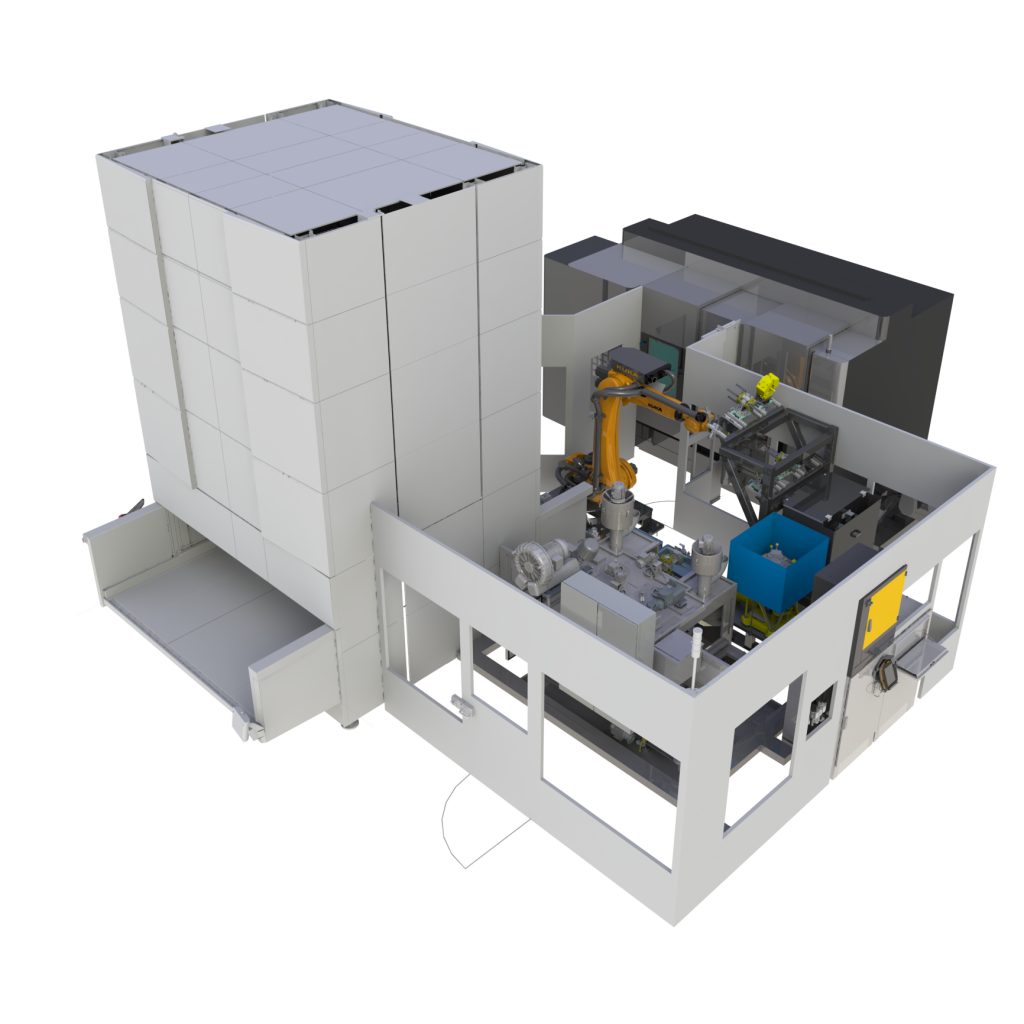Energy Management with or without Artificial Intelligence? That is the question?
Today's world is increasingly dominated by Artificial Intelligence (AI), Machine Learning (ML) and Big Data technologies.
Building new plants, new production lines and new control and monitoring systems without including Artificial Intelligence tools is no longer a recommended option.
Artificial intelligence (AI) makes it possible for machines to learn from experience, adapts to new events and perform human-like tasks. Using these algorithms, machines can be trained to accomplish specific tasks by processing large amounts of data and recognizing patterns in the data.
Without AI it would not be possible to automate the monitoring and control of production lines for the purpose of energy optimization. Without AI, human operators would have to analyze the consumption trends of the various machines to understand the type of optimization to be implemented manually.
Data in motion is a new paradigm that supports collecting a continuous flow of data throughout a plant and processing it in real-time. With analytics applications of all flavors now rooted in ML and AI, event streaming is increasingly important.
What is the most concise definition of event streaming? Real-time data streams flowing from machines, for example, containing events such as device status, energy consumption or alarms. An event streaming platform provides real-time access to this live data. Analytics applications use AI and ML to capture these event streams and then discover patterns in the data which reveal actionable insights.
How many software tools for energy monitoring can you find on the market today? Maybe a few hundred. But what are the differences? Many systems on the market offer energy meters and some HMI-based applications for the visualization of limited time series. Almost all software implements a data collection system that does not operate in real-time, is unable to process an unbounded event stream and has limited capacity. Almost no one offers AI and ML tools, much less on live data streams.
These systems make it very difficult to automate energy optimization and machine control and management processes.
Finally, the most important point to understand is that there is a big difference between a system that offers pure monitoring of machines and energy consumption and instead a system that also allows automatic control of the machines, based on criteria of energy optimization. Without the automation of control actions on the machines, in response to the real-time analysis of energy consumption trends, each software is neither more nor less than a set of reports (plain old ETL and Business Intelligence tool).
The Openorg framework is based on modern Big Data, stream processing and stream analytics tools, operating in real-time on the flow of information from the machines. In this way it is able to process, with AI and ML algorithms, a huge amount of data in real-time, collected from each production cell in the plant, to check, in a holistic way, the machinery systems based on the energy optimization rules imposed.
Now that we have exposed the real difference between the Openorg solution and other energy management software, we can move on to the marketing slogans ....



































